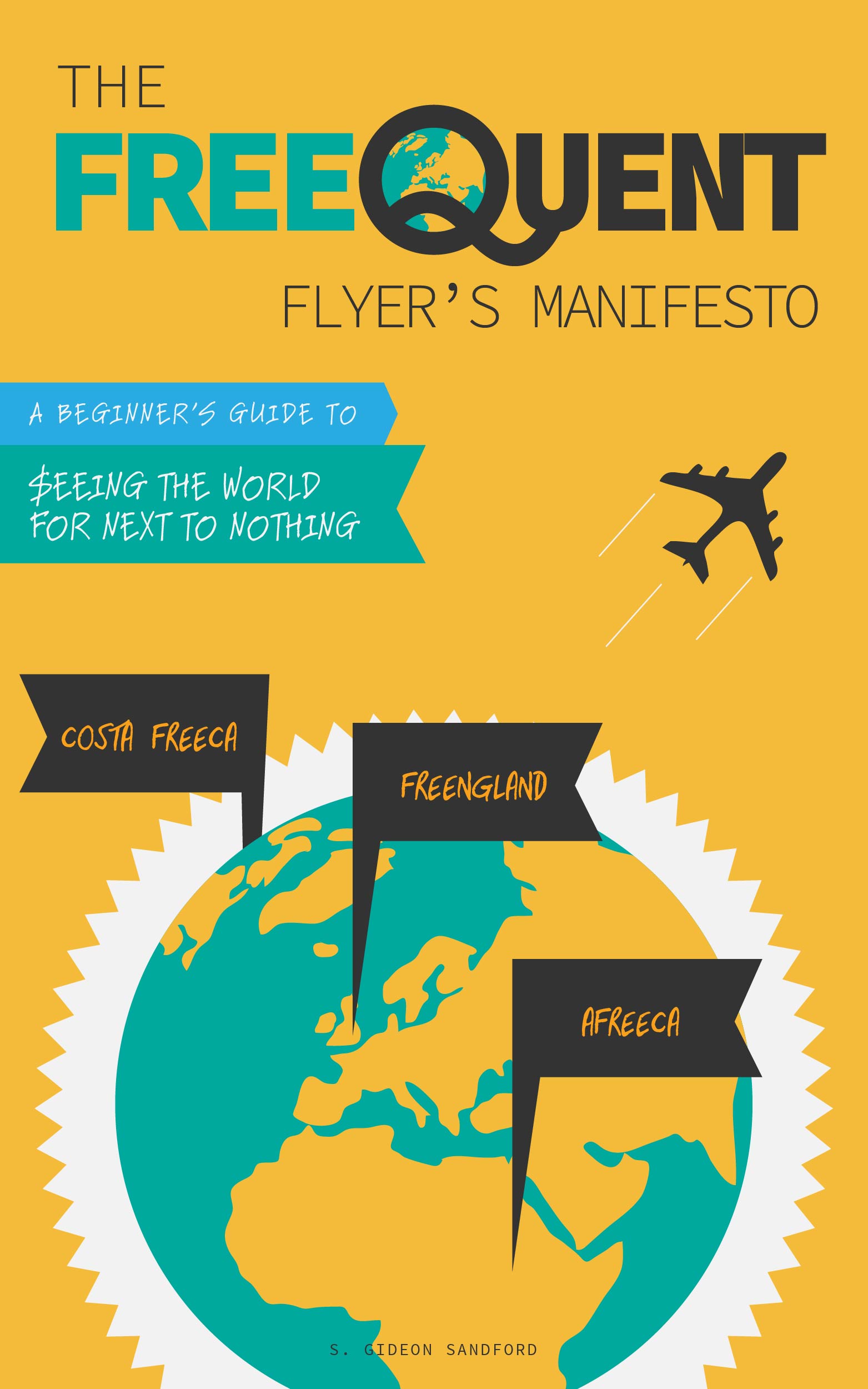Ben Schlappig's hobby has nothing to do with mine
/I don't know Ben Schlappig, although I've been in the same, large room with him a few times. But Ben has been the subject of a recent media blitz (Rolling Stone, Nightline, the Economist) which has upset a number of people I do know for the attention it has drawn to travel hacking.
PFDigest, for example, describes the Rolling Stone article as putting "another nail in the coffin," while TravelBloggerBuzz asserts about the Economist article and Nightline segment that "each one of these PR stunts hurts the hobby."
Ben Schlappig's hobby is buying remaindered premium-cabin seats at deep discounts
Ben Schlappig is a rich weirdo.
And God bless him! Many immigrant families take multiple generations to attain the middle class, and here he is: the son of immigrants, buying Florida condos, living out of luxury hotels, and subjected to the affection of fans and flight attendants all over the world.
But needless to say, virtually no actual travel hackers are the proprietors of popular blogs where they're able to earn hundreds of thousands of dollars selling credit cards to unsuspecting newbies while farming out their award booking business to independent contractors.
It's certainly an interesting fact that wealthy people with knowledge of loyalty programs can buy premium-cabin seats at a deep discount compared to their unknowledgeable peers.
But it has nothing to do with me.
My hobby is travel hacking
While buying discounted premium-cabin seats is a hobby, it isn't my hobby. My hobby is traveling, and figuring out how to pay as little as possible for my trips.
Before the site was rebranded, Travel Codex was called "Hack My Trip," which I always liked the sound of. A trip to me is more than a seat in a premium cabin: it's hotels, museums, restaurants, churches, universities, people, and more.
So I plan dozens of trips per year, often to visit friends and family, sometimes to visit new cities, sometimes just to take advantage of Bank of America's underrated "Museums on Us" program.
And since I'm the opposite of a rich weirdo (a poor weirdo?), my goal is to spend as little money as possible paying for the trips I want to take. Furthermore, those trips are often inflexible! I know when my brother's graduation is going to be, so if I want to be there, I need to be there on time. I know when my partner's work conferences are, so if I want to go, I need to be on flights that get me there while they're taking place.
And that's the experience of almost everyone I talk to in the travel hacking community. With limited vacation time or fixed school schedules, most people need to get where they actually want to go, and they hope to use travel hacking techniques to get there as cheaply as possible.
There is no reason for people like me to care when Lufthansa opens their premium cabin seats for partner award redemptions — unless I actually want to fly somewhere on Lufthansa!
And that's the difference between Ben Schlappig's hobby and mine: he cares even when he has nowhere to be and no reason to be there.
I'll worry when the mainstream media pays attention to real travel hacking
A photogenic, tortured protagonist. A whiff of scandal. Shots of first class cabins and luxury hotel rooms. That's the kind of story anyone can understand, and it's the kind of story the mainstream media eats up.
Merchant coding? Adverse action? ChexSystems? Maybe you'll read about them in trade publications, but what would Rolling Stone, Nightline, or the Economist have to say about them? And how many of their readers would care?
The fact is, most of what actual travel hackers do simply puts us out on the long tail of loyalty programs; we may be unprofitable, but we don't cost more than the profit generated by the vast bulk of customers who behave according to expectations. For every $7.90 in profit a travel hacker makes buying $2.10 Ticketmaster tickets, how many people buy $50 tickets instead? $100 tickets? Of course they're saving money on tickets they would buy anyway, but they're also generating a profit for American Express that, ultimately, more than offsets ours.
Conclusion
Naturally, any individual travel hacking technique is subject to more pressure the more people who take advantage of it, and consequently there are techniques which travel hackers prefer to receive as little publicity as possible. But travel hacking as a whole is too diverse a spectrum of behavior for the banks, airlines, hotels, and merchants to decide to bring it to an end simply because of "too much exposure."
So as long as Ben Schlappig is "revealing" to the media that he books last-minute premium-cabin seats with his Ultimate Rewards points, I'm not going to lose any sleep over it.


